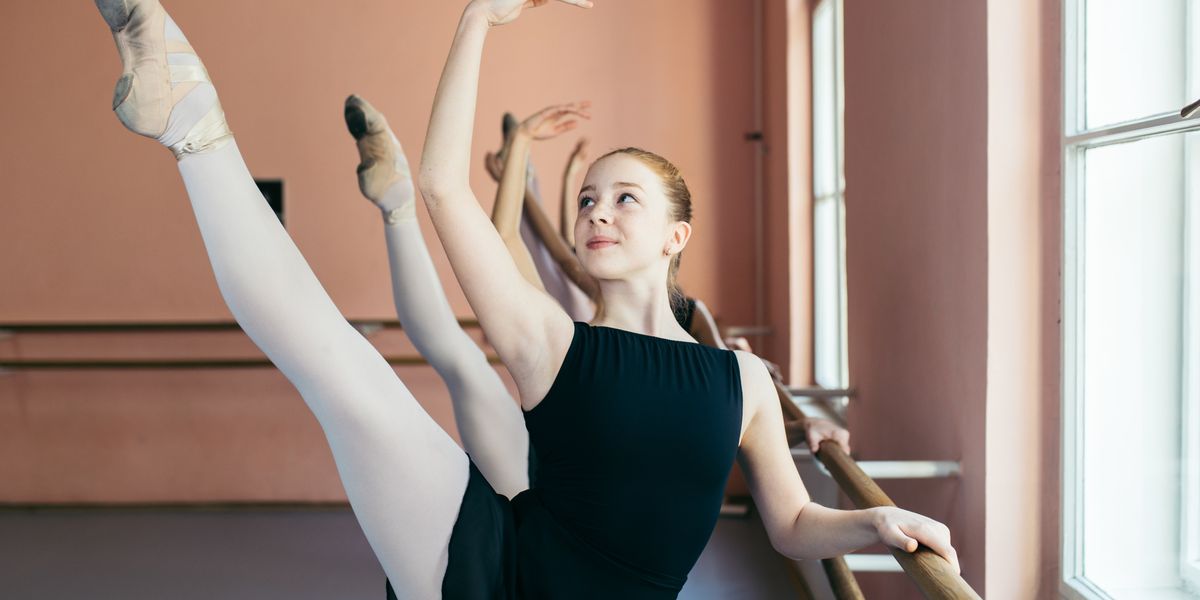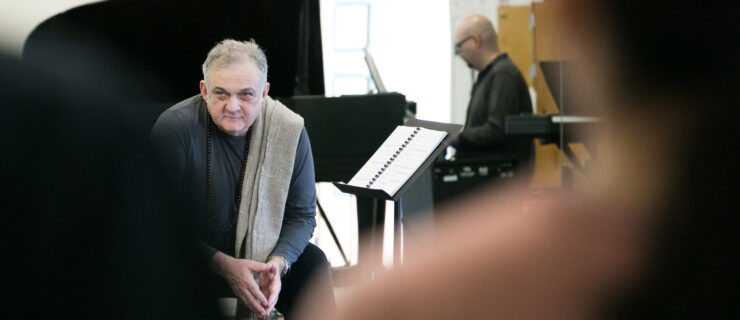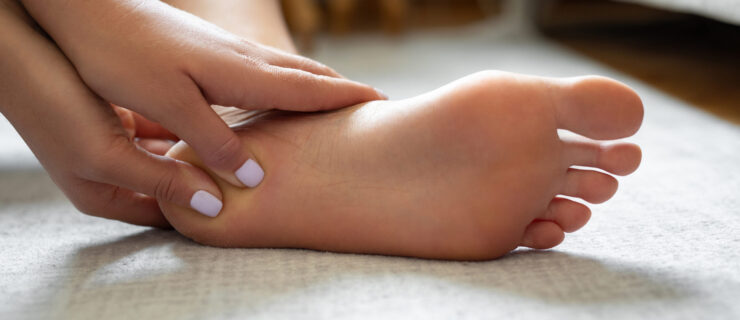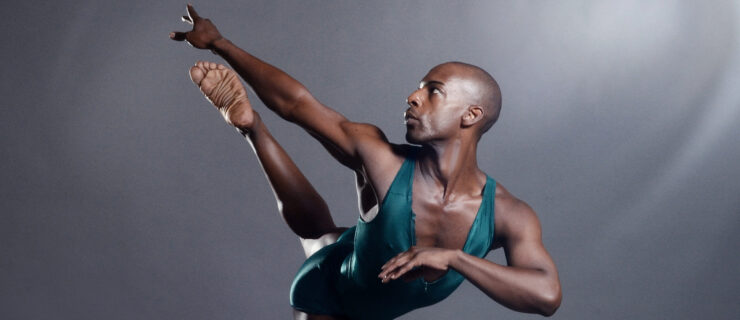Here's What's Really Happening When Your Hips Make Noises
Snap, crackle, pop, crack, thunk, click.
Dancer hips can make an impressive variety of noises. Sometime these are painful, sometimes not; sometimes they’re intentional, sometimes they just happen when dancing, cross-training or walking.
But what’s actually making those noises—and should you be worried about them?
We spoke to Dr. Melody R. Hrubes, a New York City-based sports medicine doctor who works with dance companies, to break down what you might be hearing and what it means:
Busting the Hip Cracking Myth
Ah, the intentional dancer hip crack. It feels so good, and yet can be so startlingly loud that it’s hard to imagine that it can be good for the body.
In fact, many of us have been told that, like cracking your knuckles, this method of relieving tension in the joint is harmful and can lead to arthritis.
But Hrubes says this is an old-school idea that isn’t backed up by recent studies on the affects of knuckle cracking. As long as it feels good, Hrubes encourages dancers to crack their hips to decrease the pressure they may feel there. (Cracking has even been shown to increase range of motion in the knuckle joint, she says, though that doesn’t necessarily mean the same is true for the hip.)

Getty Images
A Guide to All the Other Sounds
When a dancer comes to Hrubes complaining of hip noises, she asks if it’s more of a deep thunk you can hear across the room, a pop as if your hip is coming out of its socket or a high-pitched click:
The thunk:
This is likely your iliopsoas tendon snapping over the bony prominence at the front of the hip. (You might hear this if you walk while externally rotated, bringing your knees high up to your chest.) This could be painless—the bursa, which is like an uninflated balloon over the bony prominence, reduces the tension as the tendon slides over it. But if it’s painful, either the tendon or the bursa could be inflamed. If you’re hearing this, it’s probably due to tightness in the hip: The muscle is being overused, or is not being used in proper alignment.
The pop:
If you’re hearing more of a pop on the outside of your hip, that’s likely the IT band gliding over the greater trochanter. (You might notice this while going up and down stairs, or if you go up on relelvé on only one foot and pop the knee forward.) Dancers often mistake this for their hip popping out of its socket. Similarly to the “thunk,” this is likely a result of tightness and/or overuse.
The click:
A higher-pitched click can indicate that there’s something happening inside the joint—either a labral tear or a loose body (small fragment of cartilage) in the hip.
The Truth About Labral Tears
While a labral tear sounds scary, it’s actually very common in dancers, says Hrubes. She says that some dancers make the mistake of getting them fixed surgically without first trying physical therapy to address the underlying cause of the tear. Unnecessary surgery often results in not being able to get back to the same level of dancing as before, due to residual pain, difficulty regaining hip strength and range of motion, or re-tearing the cartilage. (Plus, labral tears can be hard to diagnose, and are often mistaken for other issues in the hip.)
Instead, dancers with labral tears should work with a physical therapist, focusing on pelvis alignment and strengthening the hip rotators, core and posture.

Getty Images
When to Seek Help
If the clicking, popping or thunking you hear is getting worse, is becoming painful or seems to be destabilizing the joint or decreasing range of motion, Hrubes encourages dancers to see a medical professional. Trying to stretch through it yourself could make it worse, she says.




